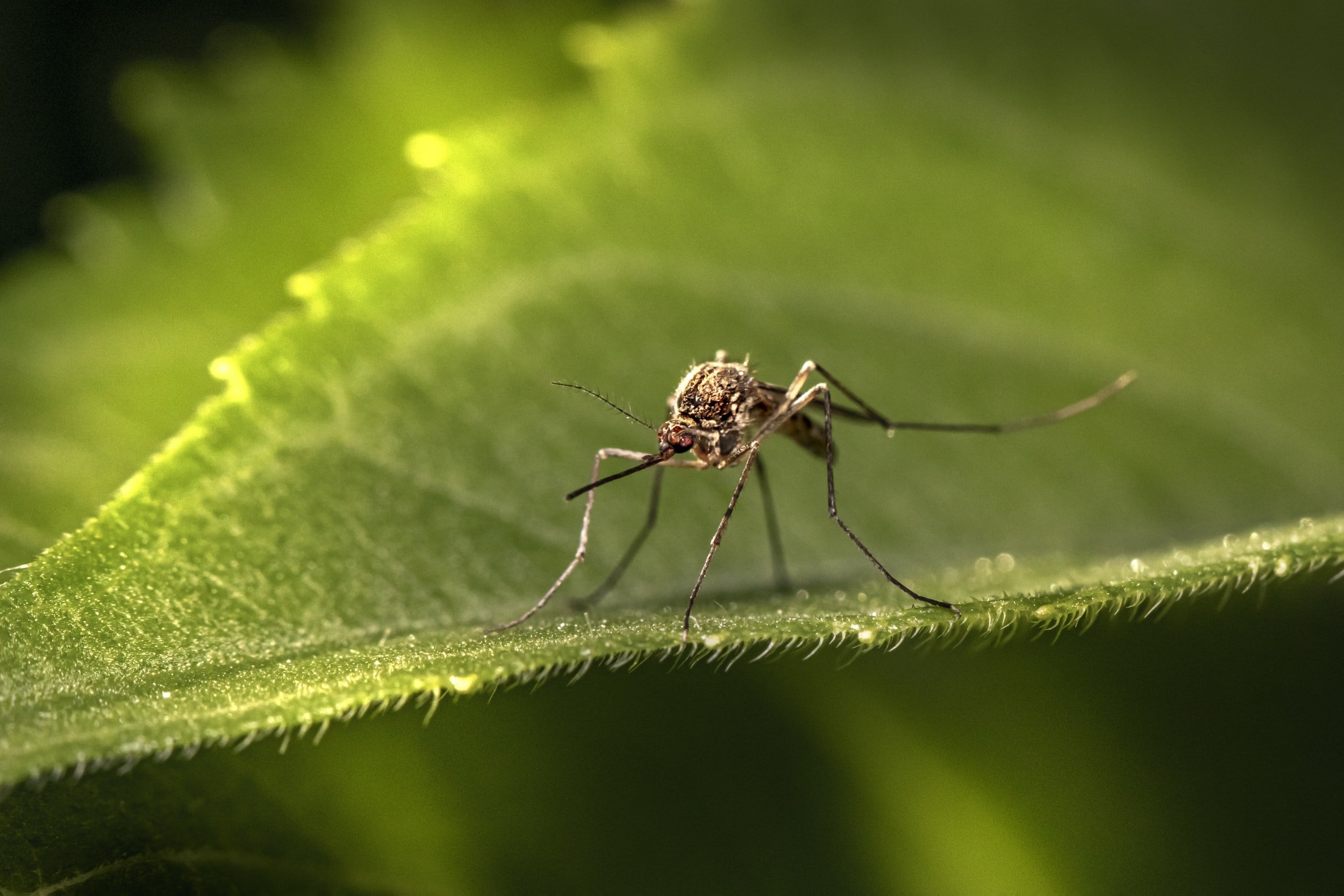
Mosquito-borne Disease Control Program
tick SURVEILLANCE
In addition to mosquito surveillance, the LCCD conducts biweekly tick surveillance. We drag a white cloth for 100 meters in tick habitat. Every 5-10 meters, we check the cloth and collect any ticks from the drag. These collected ticks are placed in vials of ethanol and submitted to the DEP for species identification and pathogen testing.
Deer Tick life cycle
The deer tick, also known as the black-legged tick, is the tick species that spreads the bacteria that causes Lyme Disease in Pennsylvania. There are four life stages in their life cycle: egg, larva, nymph, and adult.
The entire life cycle takes approximately 2 years to complete.
In the spring of the first year, the adult female tick lays her batch of eggs.
In the summer, the six-legged larvae emerge and feed on small animals like the white-footed mouse. These mice are the reservoirs for the bacteria that causes Lyme Disease and uninfected larvae may pick up the bacteria from them. In the late summer, these larvae molt into eight-legged nymphs, which are the size of a poppy seed.
In the winter, the nymphs stay alive under leaf debris.
In the spring of the second year, the nymphs emerge and feed on medium sized animals. Nymphs are the considered the most dangerous life stage in relation to Lyme Disease transmission because they are so tiny and are likely to be infected with the bacteria.
In late summer of the second year, nymphs molt into adults, which feed on large animals like the white-footed deer.
Interestingly, adult ticks remain active in both fall and winter as long as temperatures remain above freezing.

